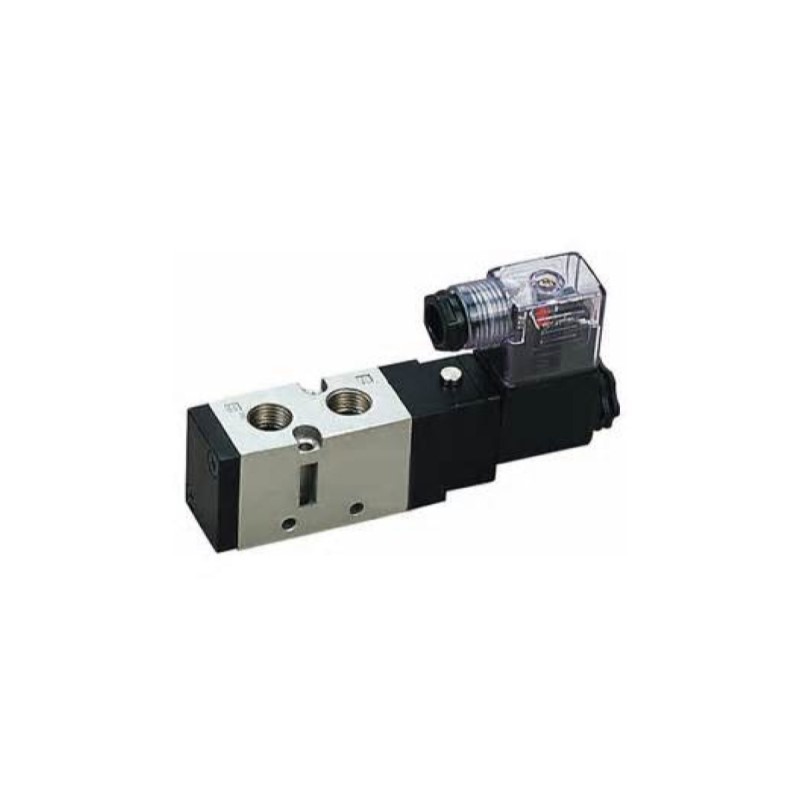Solenoid valve
Category: Solenoid valve
Product Details
The operating principle of a solenoid valve is based on Ampère's Law and Faraday's Law of Electromagnetic Induction. When energized, the electromagnet generates a magnetic field, causing the valve core in the valve body to move under the influence of electromagnetic force, thereby opening or closing the valve. Once the power supply is cut off, the electromagnet loses its magnetic field, and the valve core returns to its original position due to the spring force, sealing the valve.
The advantages of solenoid valves include their fast response, high reliability, and energy-efficient, eco-friendly features. By adjusting the current flowing through the electromagnet, different opening and closing speeds can be achieved, making them suitable for various control requirements. Additionally, solenoid valves boast a simple design, easy maintenance, and an exceptionally long service life. They also enable remote control, seamlessly integrating with automation systems such as contactors and PLCs to enhance operational efficiency.
Solenoid valves can be categorized into many types based on their application and design. For instance, by purpose, they include general-purpose solenoid valves, fuel-injection solenoid valves, steam solenoid valves, gas solenoid valves, and more. Each type of valve tailored for a specific use comes with unique features and an appropriate range of applications. Additionally, solenoid valves can be classified according to their structure into direct-acting valves, angle-type valves, diaphragm valves, and others. These different structural designs make them suitable for various environments and operating conditions.
In practical applications, solenoid valves typically need to work in conjunction with other control components, such as sensors, pressure switches, flow meters, and more, to achieve precise fluid control. They can be used to regulate the flow of various media—including liquids, gases, and steam—while accurately managing parameters like fluid pressure, temperature, and flow rate to meet the specific requirements of different process applications.
In summary, the solenoid valve, as a crucial automatic control device, is widely used across various industries. It operates by using electromagnetic force to open or close the valve, precisely controlling the flow of fluids. Key advantages include rapid response, high reliability, and energy efficiency—plus, it’s environmentally friendly. Different types of solenoid valves are tailored for specific applications and operating conditions, enabling accurate control over diverse media, enhancing operational efficiency, and ensuring the safety and stability of production processes.
Keywords: Solenoid valve


